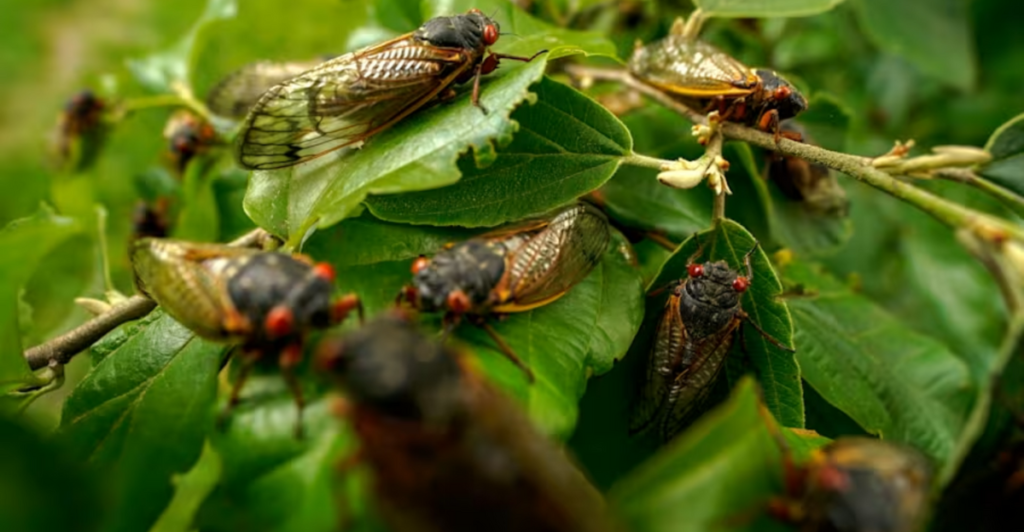
The last time Brood XIV periodical cicadas made their appearance, Netflix was still mailing DVDs, people were buying ringtones for their BlackBerry phones, and Barack Obama was about to become president of the United States.
Now, seventeen years later, the landscape has transformed dramatically, but for these remarkable insects, it’s simply time for another cycle of life. Spring 2025 will witness an extraordinary natural phenomenon as trillions of cicadas simultaneously emerge across the eastern United States in what experts are calling the “mother of all broods”.
A Living Link to Colonial America
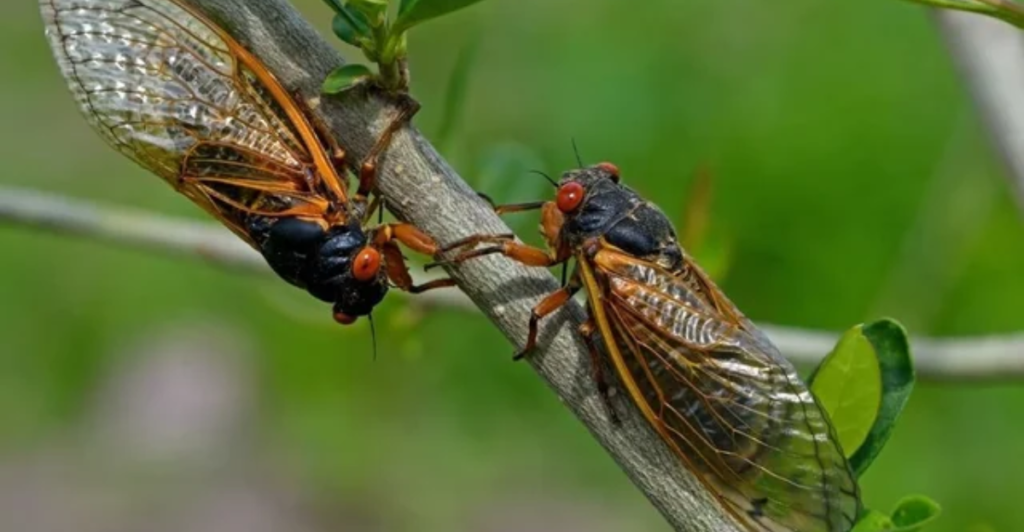
Brood XIV stands as a landmark in American natural history, earning the title “mother of all 17-year broods.” First documented in 1634 by Pilgrims at Plymouth Colony, it remains one of the oldest continuously recorded insect events in North America.
“Brood XIV is the same brood that was first noted by the Pilgrims in 1634,” says Gene Kritsky, an emeritus professor who has spent over 50 years studying cicadas. This living link to early American history has been witnessed by generations, each emergence marking nearly two decades.
In his latest book, The Pilgrims’ Promise, Kritsky delves into the profound connection between these ancient insects and the nation’s story. Their predictable return offers a rare thread of continuity across centuries.
Seventeen Years Underground: The Hidden Life of Cicadas
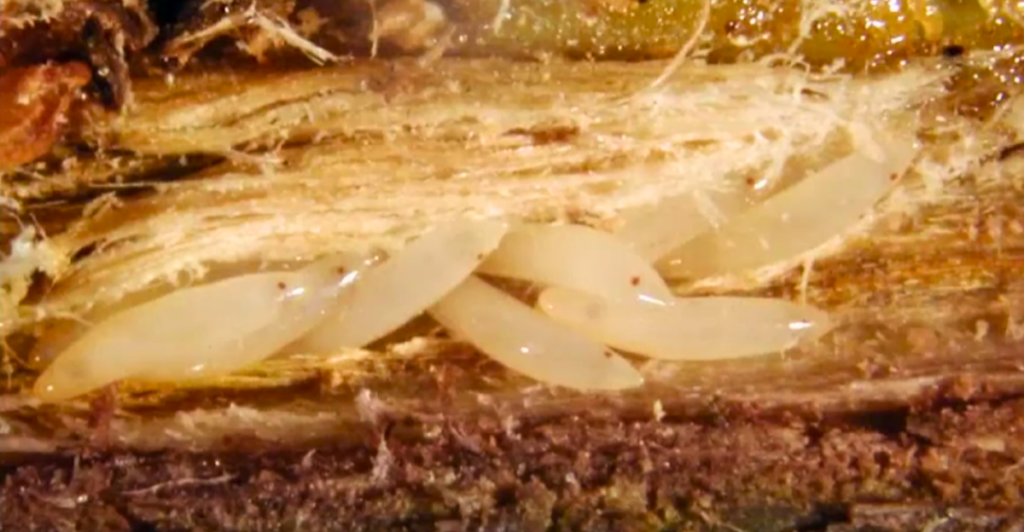
The periodical cicada’s remarkable lifecycle begins when females cut slits into tree branches to lay their eggs. Six weeks later, the eggs hatch, releasing rice-sized nymphs that fall to the ground and quickly burrow into the soil.
Over the next 17 years, these nymphs live underground, feeding on sap from tree roots and growing larger. They shed their exoskeletons four times during this subterranean phase. Cicada expert Dr. Gene Kritsky explains that in the autumn before emerging, their eyes shift from white to red, and black spots form on their pronotum as they prepare for their final transformation.
If the host tree dies during this time, the cicadas attached to its roots will not survive. This extended underground phase is among the longest known insect lifecycles.
The Great Awakening: What Triggers Billions to Emerge Simultaneously?
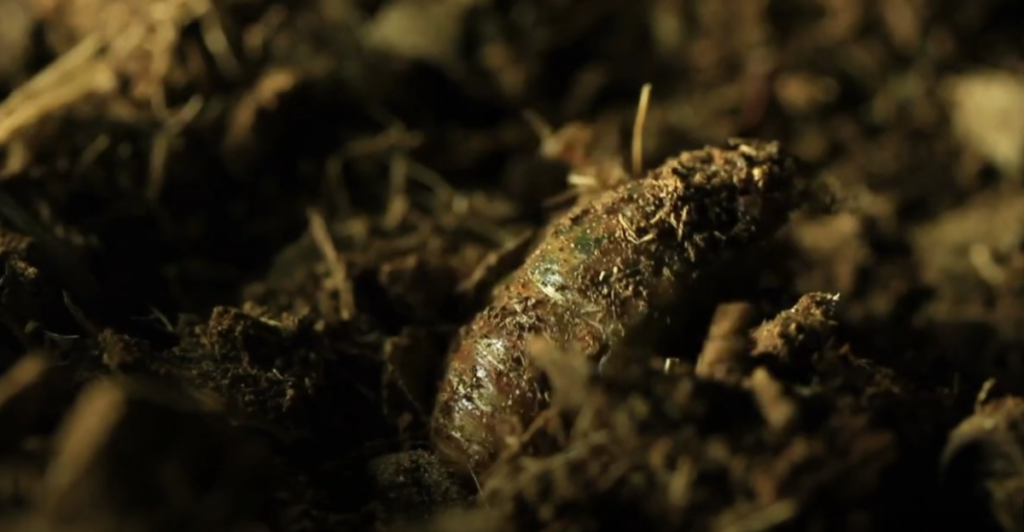
When soil temperatures about eight inches below the surface reach 64 degrees Fahrenheit, the 17-year wait is finally over. Typically occurring between late April and June, the mature nymphs tunnel upward, creating distinct exit holes in the soil.
Emergence usually happens after sunset, when predators are less active, offering some protection during this vulnerable phase. Once on the surface, the nymphs climb nearby vertical structures and undergo their final, dramatic metamorphosis.
They split their exoskeletons along the back, wriggling free as adult cicadas, leaving behind empty shells clinging to trees. Pale and soft with folded wings at first, the cicadas remain motionless for hours while their exoskeletons harden and wings expand. This mass emergence is one of nature’s most precisely timed events.
A Deafening Chorus: Nature’s Loudest Love Songs
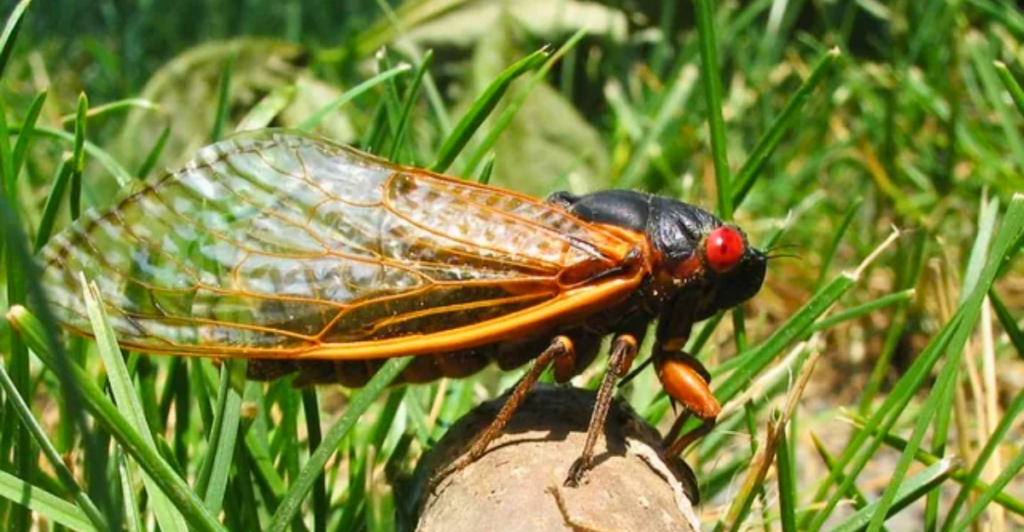
The deafening sound that fills the air during a cicada emergence is the result of male cicadas’ mating calls. Using specialized organs called tymbals on their abdomens, they produce a buzzing noise that can reach an astonishing 100 decibels—about as loud as a jet engine.
“The sound can be that loud,” says entomologist Tamra Reall, also known as ‘Dr. Bug.’ This overwhelming volume serves two purposes: attracting females and deterring predators. Females respond with wing-flick clicks, adding to the cacophony that can last for weeks.
In areas with dense cicada populations, the chorus can become so loud that residents have mistaken it for emergency sirens, prompting some to call the police to complain.
Ecosystem Shockwaves: How Cicadas Rewire Forest Food Webs
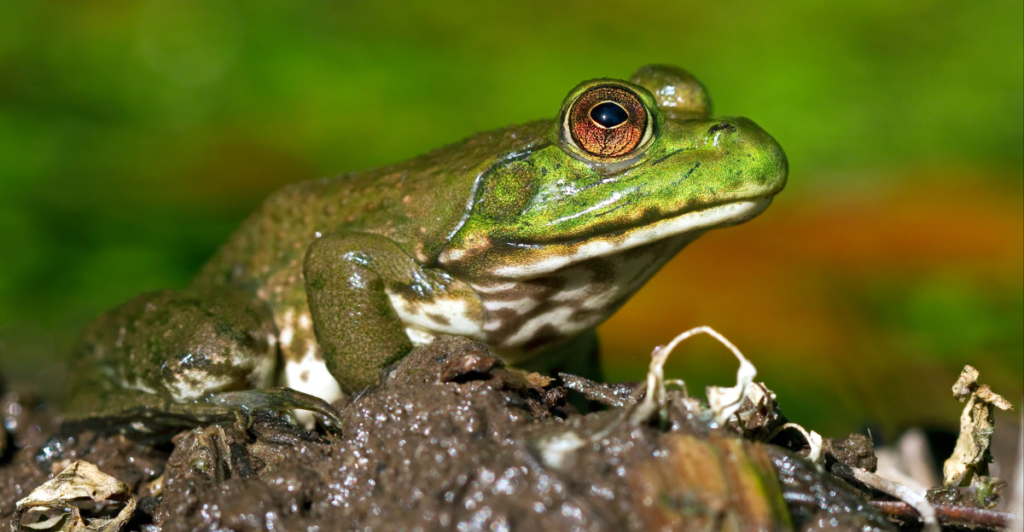
The emergence of Brood XIV will disrupt forest ecosystems, temporarily altering entire food webs. For predators—from birds and small mammals to frogs and fish—this event offers what Grace Soltis, a PhD student in evolutionary biology, calls “an all-you-can-eat buffet for hungry predators.”
This protein-rich feast allows many predator species to raise larger broods and experience population booms. The cicadas’ survival strategy hinges on predator satiation—emerging in such overwhelming numbers that predators can’t consume them all, ensuring enough survive to reproduce.
Beyond feeding wildlife, cicadas also enrich ecosystems as their bodies decompose, returning vital nutrients to the soil. These massive biological surges leave lasting effects on forest ecosystems long after the cicadas vanish.
From Plymouth to Kentucky: Mapping the Mother Brood
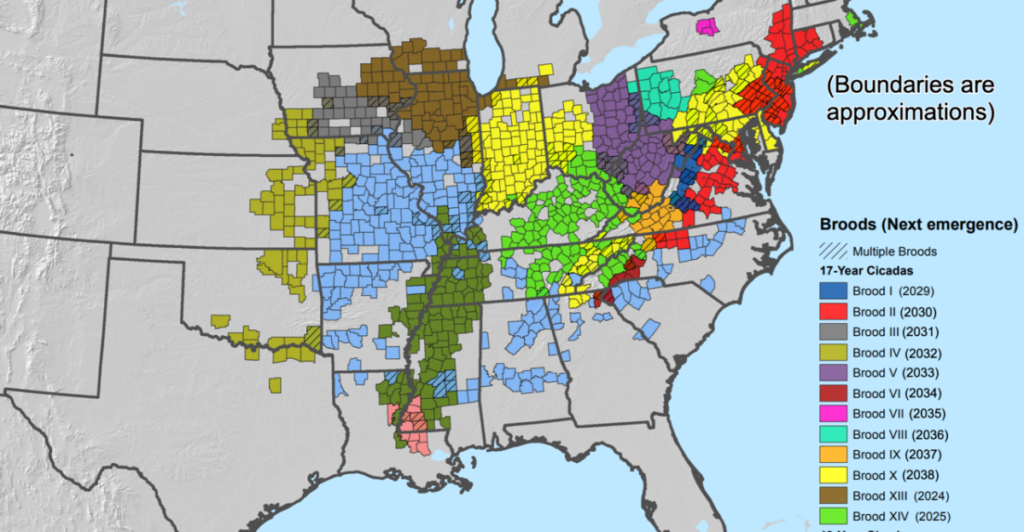
The emergence of Brood XIV will shake up forest ecosystems, temporarily shifting entire food webs. For predators—from birds and small mammals to frogs and fish—this event provides what Grace Soltis, a PhD student in evolutionary biology, describes as “an all-you-can-eat buffet.”
This protein-rich bonanza enables many predator species to raise larger broods and experience population surges. The cicadas’ survival strategy is built on predator satiation—emerging in such overwhelming numbers that predators can’t consume them all, ensuring enough survive to reproduce.
In addition to nourishing wildlife, cicadas also benefit ecosystems by decomposing and returning crucial nutrients to the soil. These massive biological bursts create ripple effects that influence forest ecosystems long after the cicadas disappear.
Living With the Invasion: Impact on Communities and Agriculture

Despite their intimidating appearance and massive numbers, periodical cicadas pose no threat to humans—they don’t bite, sting, or spread diseases. However, their sheer abundance can create challenges. The loud mating chorus can disrupt outdoor activities and make conversations difficult in areas with high cicada populations.
While cicadas don’t harm mature trees or crops, they can damage young trees when females slit branches to lay eggs. Experts suggest waiting until after the emergence to plant new trees or protecting saplings with fine mesh netting. Some communities are embracing the cicada invasion, hosting educational programs and cicada-themed festivals.
For the adventurous, cicadas offer a sustainable protein source—harvested just after molting, they’re said to taste like shrimp or asparagus.
Scientific Gold Rush: What Researchers Hope to Learn

The 2025 emergence of Brood XIV provides researchers with a rare opportunity to advance our understanding of these remarkable insects. Scientists are studying how climate change affects emergence timing, with warming temperatures causing cicadas to emerge earlier in the season compared to historical records.
Genetic research is revealing how different broods are related and how they evolved their synchronized lifecycles. The bizarre lifecycle of cicadas continues to raise fascinating questions—how do they count 17 years underground? Why do they emerge in prime-number cycles (13 or 17 years)?
The public can play a key role in advancing this research through citizen science projects like the Cicada Safari app, which allows people to document sightings and contribute valuable data on brood locations, range shifts, and population densities.
Ancient Rhythms in a Modern World: The Significance of Brood XIV
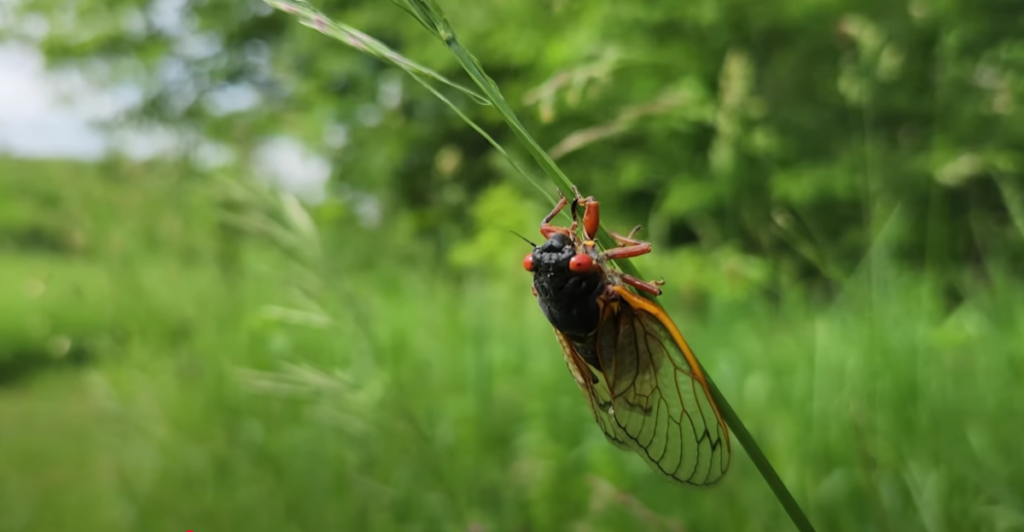
The 2025 emergence of Brood XIV—the “mother of all broods”—serves as a striking reminder of nature’s enduring rhythms in an increasingly unpredictable world. Though short-lived, lasting just 4-6 weeks from emergence to death, this remarkable event connects us to both the past and the future.
It links today’s observers to the Pilgrims who first documented these insects nearly four centuries ago while raising pressing questions about how climate change might disrupt such finely tuned natural events.
For many Americans, this will be a once-in-a-lifetime chance to witness one of nature’s most synchronized spectacles—an evolutionary strategy that has endured for millennia. The cicada emergence underscores that, despite our technological advancements, we remain deeply intertwined with natural cycles far older than our own.
Explore more of our trending stories and hit Follow to keep them coming to your feed!

Don’t miss out on more stories like this! Hit the Follow button at the top of this article to stay updated with the latest news. Share your thoughts in the comments—we’d love to hear from you!







